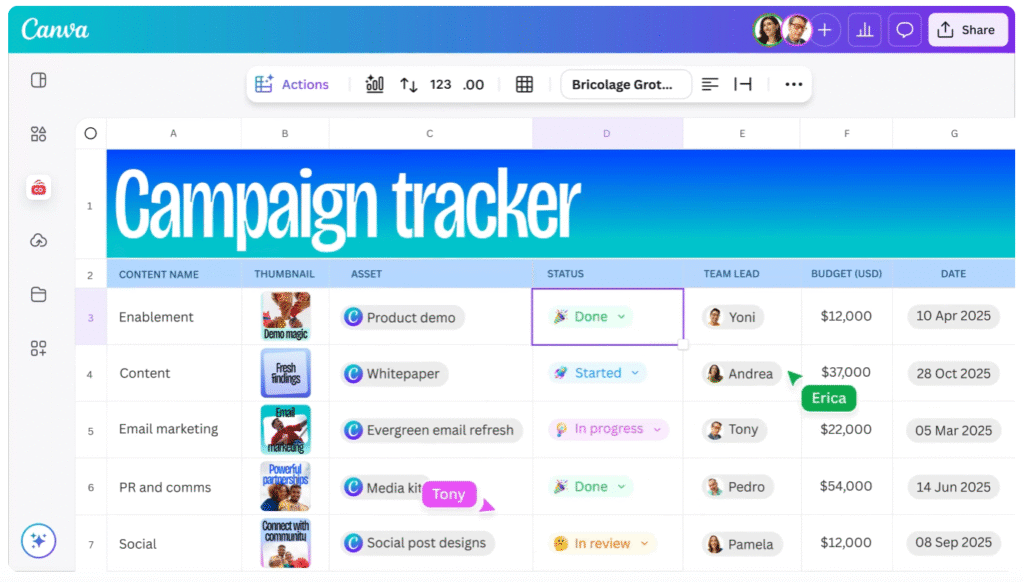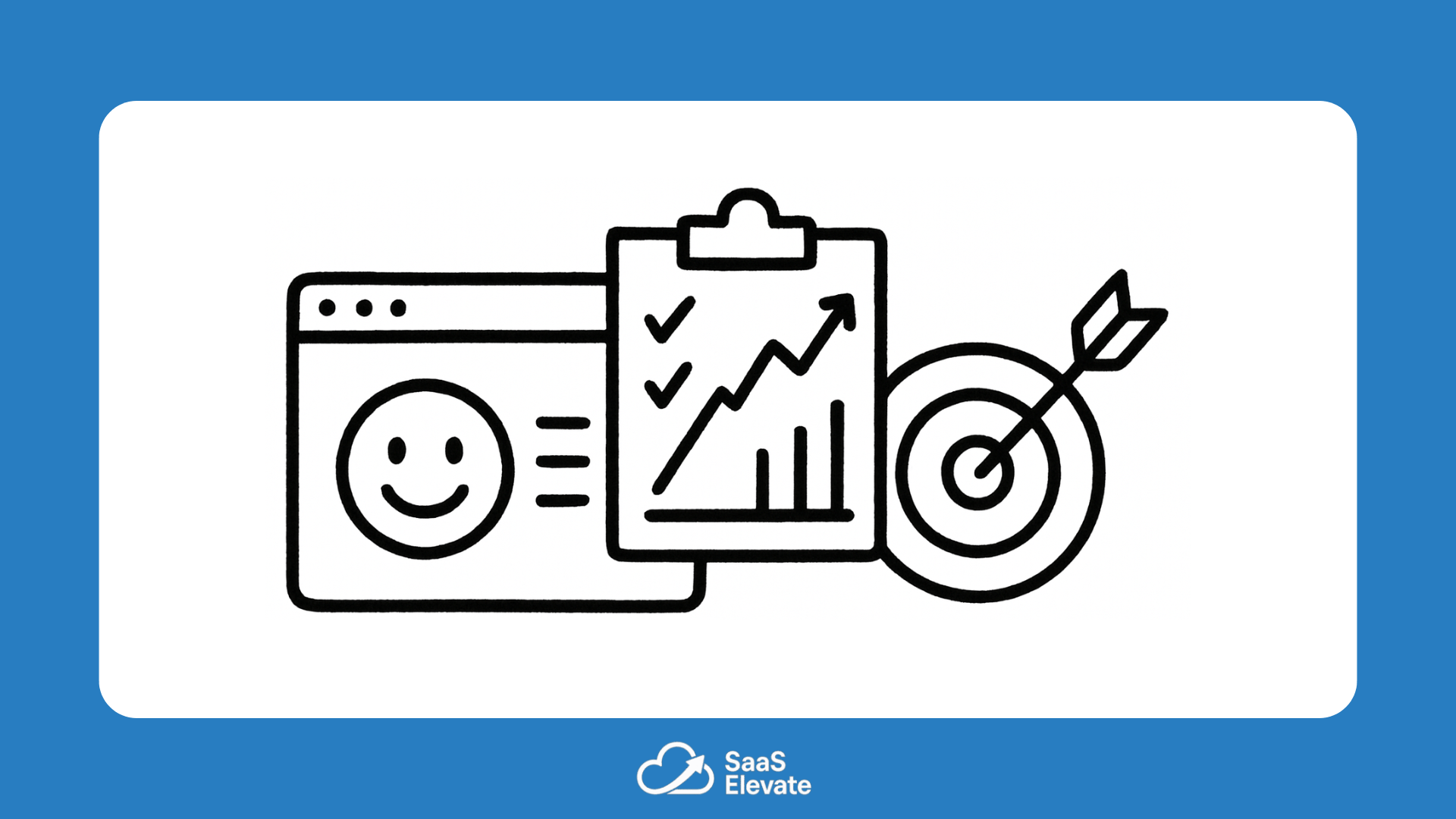User engagement is one of the clearest signs that a product is delivering real value. People may sign up because of marketing, timing, or curiosity, but they only stay when the product becomes useful in their routine.
Meaningful engagement reflects progress, not just activity. When you track the right signals, you understand not only what users do, but why they return. This is the foundation of strong SaaS user engagement.
Many teams struggle here because they track every action except the ones that matter.
Logins, clicks, and page views may look interesting, but they rarely explain retention. Engagement becomes clearer when you focus on the behaviors that reveal real value.
This is where SaaS engagement metrics come in. When chosen well, they give you an accurate picture of product health and a reliable way to guide improvements.
Why User Engagement Drives Sustainable SaaS Growth
Engagement is directly connected to the stability of a SaaS business. Products with strong engagement grow more predictably because users develop habits that keep them active without constant reminders. These habits make renewals easier and expansion more natural. When customers return regularly and rely on the product in their workflow, the business becomes far less dependent on aggressive acquisition.
Weak engagement creates long-term problems. Users may sign up in large numbers, explore a few features, and disappear quietly. Churn becomes visible months later, but the early signals were there long before. Engagement surfaces these risks earlier than any other metric. When you see how users behave after signing up, you understand how they are likely to behave months later.
Tracking engagement also improves product decisions. When you know where users struggle, which features they adopt, and which actions correlate with long-term use, your roadmap becomes clearer. You stop building features that add noise and start improving the parts of the experience that actually help people progress.
How High-Growth SaaS Companies Measure Engagement
Different SaaS companies choose different signals based on the outcomes their users expect. This is why the best examples come from products that understand their purpose clearly.
ClickUp focuses heavily on task creation, task completion, and team collaboration.

These actions reflect whether users successfully adopt the tool as part of their workflow. The team tracks these behaviors because they predict whether ClickUp becomes a long-term operating system for the company.
Canva pays attention to creation behaviors such as designing, exporting, and sharing.

A user who finishes a design, uses templates, or collaborates with another person shows much stronger engagement than someone who only explores the editor. Canva’s engagement model emphasizes action, not exploration.
Slack monitors message activity, channel participation, and the use of integrations.

These signals show whether a workspace becomes the communication hub for a team. When these behaviors rise, Slack knows the product has become part of the team’s daily routine.
Each company aligns its measurement with real value. They choose metrics that reflect why users signed up in the first place. This helps them design better onboarding, more relevant guidance, and stronger long-term habit loops.
The SaaS Engagement Metrics That Matter Most
Different products rely on different signals, but the most effective teams focus on a small group of core behaviors. These behaviors show whether users understand the product, return at a healthy rhythm, and explore the parts of the experience that create value.
Activation is usually the first and most important signal. It captures the moment a user achieves something meaningful. When activation rates are high, retention almost always improves because users quickly understand what the product can do for them. Engagement then builds on that momentum.
The next signal is return frequency. Every product has a natural rhythm of use. Some tools need daily interaction, while others make sense weekly. The key is consistent patterns that match the user’s needs. Frequent but shallow use is less important than steady behavior that reflects habit.
Another important signal is depth of usage. Depth shows how essential the product becomes over time. A user who explores multiple valuable features, collaborates with teammates, or builds something complex is more engaged than someone who returns briefly for a single action. This depth often correlates with long-term retention and future expansion.
These SaaS engagement metrics tell a fuller story when looked at together. They reveal whether users are moving from early curiosity to meaningful, habitual use. They help separate surface-level activity from genuine value.
What These Examples Reveal About Effective Engagement Models
Successful SaaS companies identify the specific actions that lead to retention and then design their experience around helping users reach those moments. Their approach is intentional. They avoid overwhelming users with too many features at once and instead highlight the experiences that matter most.
They also understand that engagement grows when users feel guided but not controlled. Support appears when it is relevant. Early value is easy to reach. Users experience meaningful progress long before they understand the entire product. This creates confidence and encourages exploration.
When engagement slows, behavior-based nudges help users return. These nudges feel helpful because they respond to real activity rather than a rigid sequence. This sense of timing and personalization keeps users moving naturally through the product without feeling pressured.
Practical Ways to Increase SaaS User Engagement
Improving engagement begins with clarity. You need to know which actions truly represent value and then design the experience to help users reach them.
Start by defining your core engagement actions. These are the behaviors that correlate with long-term retention. They should match the product’s purpose and guide which SaaS engagement metrics you prioritize.
Then shorten the path to first value. Many onboarding systems introduce unnecessary steps, settings, or explanations. Small reductions in friction can make value appear much earlier, which boosts engagement immediately.
Next, add contextual guidance. Users absorb information more effectively when it appears at the moment they need it. A single prompt during a real task is more impactful than a long tutorial at the beginning.
To maintain momentum, use behavior-based nudges. These should respond to what the user has done, not a fixed schedule. When messages reflect real activity, they feel personal and supportive.
Finally, analyze friction points and fix them early. Most engagement issues show up at the same moments across different users. When you understand where people hesitate or fail to progress, you unlock the largest opportunities for improvement.
SaaS engagement is not about counting actions. It is about helping users experience value often enough to build trust and habit. When you choose the right SaaS engagement metrics and design the experience around them, engagement becomes more predictable and more meaningful. The product feels clearer, users reach value faster, and returning becomes a natural part of their routine.

